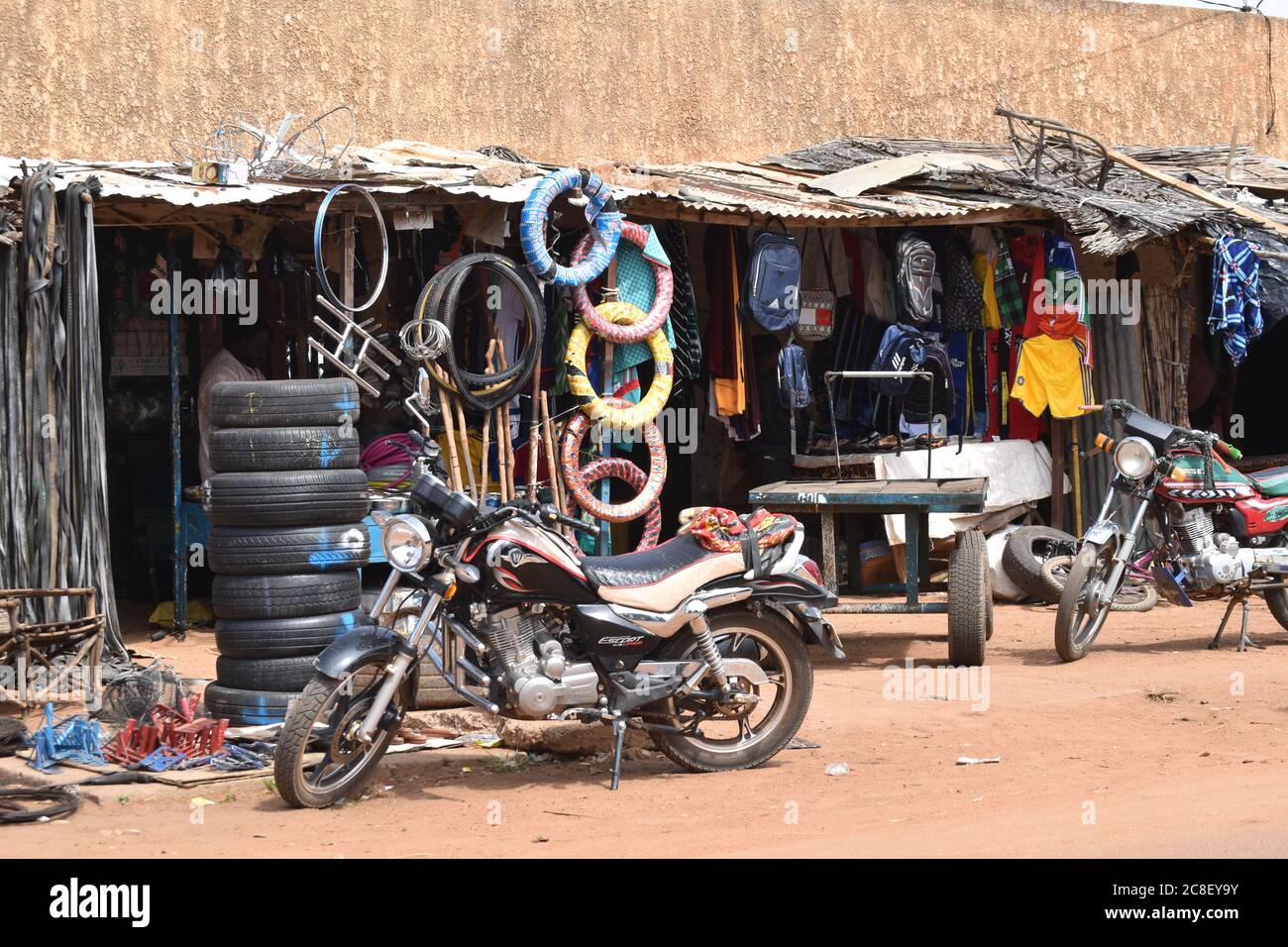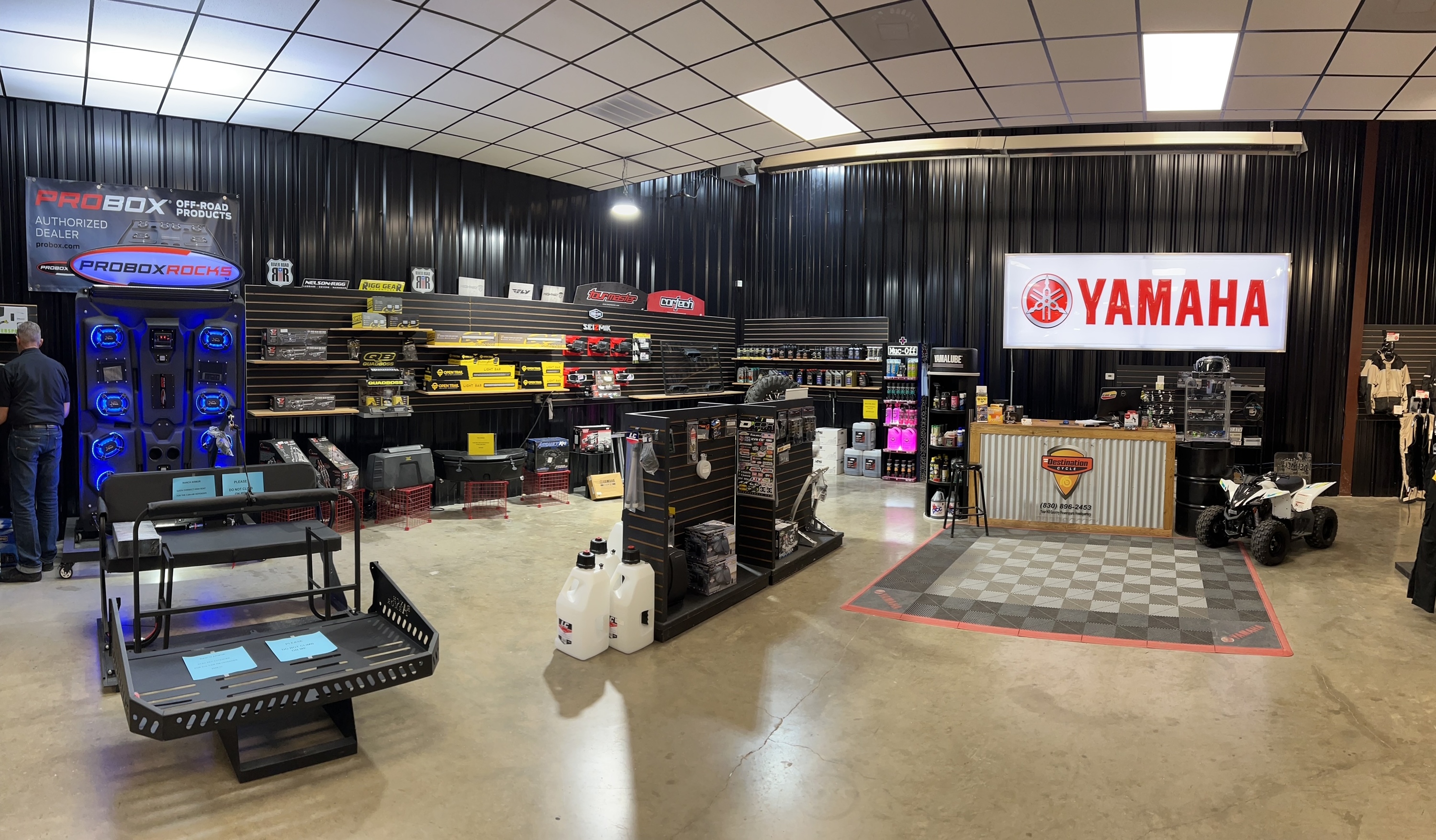Leading MX Gear NZ: Gear Up for Your Following Off-Road Adventure
Mastering Motorbike Gears: How to Enhance Your Riding Experience
In the realm of motorcycling, grasping the art of equipment adjustment is crucial for enhancing your riding efficiency. Correctly making use of and comprehending bike equipments can dramatically impact fuel, control, and acceleration performance, transforming a typical adventure into a smooth, exciting journey.
Recognizing Equipment Mechanics
At the core of motorbike dynamics, gear auto mechanics play an essential function in converting engine power right into activity, inevitably determining rate and control. The equipment ratios, thoroughly designed, determine the relationship in between engine revolutions and wheel turns, affecting acceleration and gas efficiency.
Understanding equipment mechanics begins with acknowledging the relevance of the gearbox, which houses several equipments of differing sizes. These equipments interact via a procedure understood as meshing, where teeth of various equipments involve to send power.
Additionally, the concept of equipment changing is indispensable to making best use of performance. Timely and smooth shifts make sure that the engine operates within its ideal power band, protecting against unnecessary pressure and enhancing long life (motorcycle shop). By comprehending these mechanical complexities, bikers can achieve an unified blend of performance, power, and control, elevating their riding experience
Timing Your Changes
Change timing proficiency is necessary for optimizing motorcycle efficiency and enhancing the riding experience. Appropriately timed changes ensure that the engine operates within its optimal power band, which is crucial for preserving control, achieving smooth acceleration, and making certain the long life of the bike. Cyclists should create an user-friendly feeling of when to move equipments, which involves understanding the partnership between engine transformations per minute (RPM) and speed.
To understand change timing, pay attention to the engine's audio and really feel, as these give important hints concerning when to transform equipments. When the engine approaches the upper array of its power band without reaching the redline, the excellent shift factor typically occurs - motocross parts nz. Shifting too early can bring about a lack of power, while moving far too late might create unnecessary engine strain
Additionally, roadway problems and riding design impact shift timing. In comparison, during freeway riding, less shifts at higher speeds can be much more ideal.
Enhancing Fuel Efficiency
While grasping motorcycle equipments is vital for efficiency, enhancing fuel effectiveness is equally crucial for both economic and environmental reasons. Optimum fuel intake not just reduces functional prices but additionally decreases the ecological impact of riding. To accomplish this, one must comprehend the intricate partnership between gear option and engine efficiency.
Firstly, picking the right gear at suitable rates can considerably impact gas intake. Riding in a higher equipment at lower rates can result in engine lugging, which is destructive to both fuel economy and engine health. Conversely, riding in reduced equipments at high rates results in unnecessary fuel usage. Therefore, preserving an ideal balance by moving equipments in alignment with road conditions and prepared for maneuvers is crucial.
In addition, routine maintenance plays a crucial function in gas effectiveness. Guaranteeing that the bike is well-tuned, with clean air filters and properly pumped up tires, can enhance the rules of aerodynamics and decrease fuel wastefulness. Adopting a riding design that welcomes gradual velocity and smooth slowdown can contribute to far better gas economic climate.
Strategies for Smooth Transitions
Accomplishing smooth equipment transitions is basic to enhancing the riding experience and making sure the long life of a motorcycle's transmission system. Appropriate equipment changing not only contributes to a smooth experience yet also lessens damage on the mechanical components. To grasp the art of smooth changes, riders should concentrate on a couple of key techniques.

Secondly, clutch control plays a pivotal function. Involving and disengaging the clutch smoothly needs technique. The clutch bar must be launched gradually, permitting a smooth transfer of power from the engine to the wheels without creating a shock or abrupt motion.

Adapting to Road Problems
Navigating diverse roadway conditions is a crucial ability use this link for any type of motorcyclist aiming to keep control and security. Whether you're riding on wet surface areas, gravel roadways, or navigating sharp turns, your capacity to adapt your equipment usage and riding technique is vital. Comprehending how to change your gears suitably can considerably impact grip and security, making sure a safer trip.
On wet roadways, it is recommended to keep higher equipments to reduce torque and lessen wheel spin. This approach aids maintain hold on unsafe surfaces, enabling smoother acceleration and slowdown. In contrast, when riding on gravel or irregular terrain, lower equipments are more suitable. Reduced equipments offer far better control and allow you to react even more swiftly to unanticipated changes in the road surface area.
Sharp curves demand exact equipment management to balance speed and control. Downshifting before getting in a contour can help maintain momentum while making sure the bike continues to be stable throughout the turn. Constant method in diverse conditions enhances your capability to react and forecast to changes in road texture and incline.
Final Thought
Mastering motorcycle gears considerably improves the riding experience by enhancing control, velocity, and gas performance. An extensive understanding of gear auto mechanics and accurate shift timing ensures the engine operates within its optimum power band, while smooth changes via reliable clutch and throttle control boost comfort and efficiency. Adapting gear selection to numerous roadway problems, such as utilizing higher gears on wet surfaces and reduced equipments on gravel, further boosts handling and safety and security. Inevitably, these skills elevate the general trip.
Comprehending gear auto mechanics begins with identifying the importance of the transmission, which houses several equipments of varying sizes. These equipments engage through a procedure known as meshing, where teeth of various gears engage to send power (motorcycle parts nz). Mild adjustments to the Full Report throttle throughout gear shifts can protect against jerky motions and keep a consistent riding speed
Whether you're riding on wet surfaces, crushed rock roads, or navigating sharp womens motorcycle helmets turns, your capacity to adapt your gear use and riding technique is vital. Adjusting gear choice to various road problems, such as using higher equipments on damp surfaces and reduced equipments on gravel, additional improves handling and safety and security.